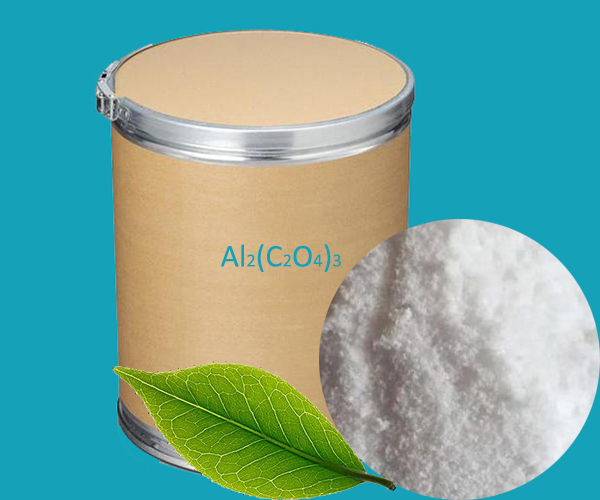Aluminum oxalate is an inorganic compound with the chemical formula Al2(C2O4)3, which is a salt composed of aluminum ions and oxalate ions. Aluminum oxalate is not common in nature, but it can be synthesized artificially in the laboratory by the chemical reaction of aluminum salts with oxalic acid.
Aluminum oxalate is a substance that is poorly soluble in water and usually exists in the form of colorless or white crystals. It is chemically similar to calcium oxalate, has a certain acidity, and can be used as an organic acid aluminum salt in industry and scientific research.
Aluminum oxalate is a water-insoluble compound that has relatively limited uses in practical applications, but some applications can be found in specific industrial and scientific fields. Here are some potential uses for aluminum oxalate:
1. Catalyst or catalyst carrier: Aluminum oxalate can be used as a catalyst or catalyst carrier to facilitate a specific chemical conversion process in a chemical reaction.
2. Flame retardants: The thermal stability of aluminum oxalate makes it a potential flame retardant that can be used to improve the fire resistance of plastics, coatings, and other materials.
3. Research and laboratory applications: In scientific research, aluminum oxalate can be used as a chemical reagent, used in the synthesis of other compounds or as a reference material in analytical chemistry.
4. Pharmaceutical industry: Aluminum oxalate may be used in the synthesis process of drugs, or as an ingredient in pharmaceutical formulations, although this is not common in practice.
5. Environmental engineering: Aluminum oxalate can be used in water treatment and waste treatment projects to help remove heavy metal ions and other pollutants.
6. Materials Science: In the field of materials science, aluminum oxalate can be used in the preparation of special ceramic materials or as an additive to other materials to change their physical and chemical properties.
 English
English Español
Español Português
Português Français
Français Deutsch
Deutsch Русский
Русский 中文
中文 日本語
日本語
